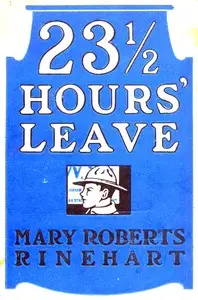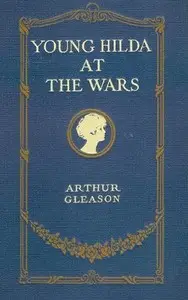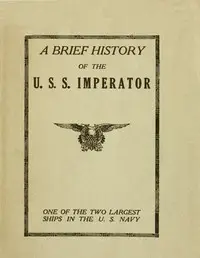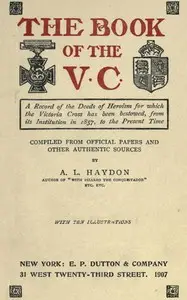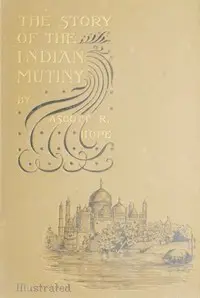"The Amazing Interlude" by Mary Roberts Rinehart is a story set during World War I, which centers on Sara Lee Kennedy, a young woman from Pennsylvania, struggling with what she owes to others, her hopes, and the difficult circumstances faced by women and families during the war. Sara Lee lives a peaceful existence until the war across the ocean pushes her to assist those in need, which takes her on a path of bravery and finding herself. At the start of the story, Sara Lee lives a calm life, distant from the violence of war, but, as she thinks about the war and the sorrow it causes, she feels she must volunteer to go overseas. The reader learns who Sara Lee is through her moments with her family and her quiet wonderings, which show her growing desire to make a difference, even though society might not expect it. Her mind is made up as she gets ready to leave home and discover the unknown, getting ready for a big change caused by what she will experience in Europe during wartime.

The Amazing Interlude
By Mary Roberts Rinehart
In a time of global conflict, a young woman abandons her quiet existence to discover courage and purpose on the war-torn fields of Europe.
Summary
About the AuthorMary Roberts Rinehart was an American writer, often called the American Agatha Christie. Rinehart published her first mystery novel The Circular Staircase in 1908, which introduced the "had I but known" narrative style. Rinehart is also considered the earliest known source of the phrase "the butler did it", in her novel The Door (1930), although the exact phrase does not appear in her work and the plot device had been used prior to that time. She also worked to tell the stories and experiences of front line soldiers during World War I, one of the first women to travel to the Belgian front lines.
Mary Roberts Rinehart was an American writer, often called the American Agatha Christie. Rinehart published her first mystery novel The Circular Staircase in 1908, which introduced the "had I but known" narrative style. Rinehart is also considered the earliest known source of the phrase "the butler did it", in her novel The Door (1930), although the exact phrase does not appear in her work and the plot device had been used prior to that time. She also worked to tell the stories and experiences of front line soldiers during World War I, one of the first women to travel to the Belgian front lines.


